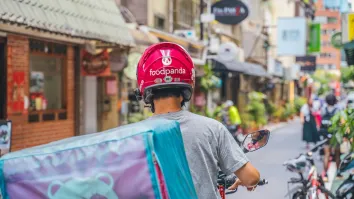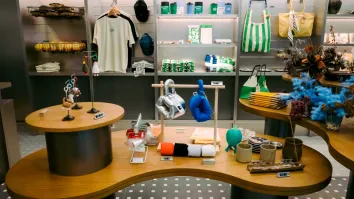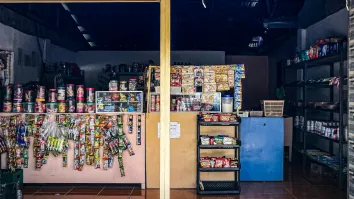
Is Click & Collect ‘cannibalising' UK retailers?
Given that the cost of fulfilling an online order is approximately £20 (US$31), and market willingness-to-pay appears to have an upper limit of £5 per delivery, it is obvious that a retailer in the UK loses £15 per online order.
Charging for Click & Collect merely addresses the ‘front end’ of this problem in terms of covering some of the real cost of the ‘final mile’. It also means that John Lewis’ introduction of a £2 charge for Click & Collect is possibly adding to the problem by giving the impression that a home delivery option is worth the minute difference — £3.
The hidden benefit of Click & Collect is that it drives footfall to stores, which can result in a cross-sell opportunity. Whether that is worth the difference between the amount charged and the cost of the service will vary between retailers, and also between shopper priorities.
Meanwhile, for a bricks-and-mortar retailer in a virtually zero-sum flat-line environment, any scale advantages will be neutralised by the increasing redundancy of physical space.
The 2008 financial crisis has resulted in a growing realisation by retailers that the 80/20 rule has found expression in a new superstore dynamic — 80% of sales come from 20% of the products stocked in a typical supermarket — and is focusing stock-market attention on Major Retailer Return On Capital Employed.
Moreover, as Tesco CEO Dave Lewis stated at a recent IGD trade briefing, 20% of the SKUs in a Tesco Extra store only sell one pack per store per week.
All of this has caused Tesco to announce its plan to cull 30,000 SKUs from its range of 90,000 SKUs in the next 18 months, in an attempt to eliminate product overlap and duplication in order to simplify its in-store offering.
In addition, with current rates of large space redundancy exceeding 20%, the economics of selling off ‘spare’ space — at a rate that forces buyers of the property to achieve sales intensities of £1,000 per sqf and to justify the investment, the resulting property ‘lock-in’ prevents major retailers from scaling down to the smaller, closer-to-home convenience outlets demanded by consumers shopping, more often, in smaller quantities.
This restructuring of the new UK retail trade environment has to result in a gradual loss of market share from research company Kantar’s current levels of 73.5% for the Big 4 grocers (Tesco, Walmart’s Asda, Sainbury’s and Morrisons), to a combination of the discounters, Waitrose, online and emerging formats.
In a flat-line demand environment where market share increases has to come at the expense of the competition, it would appear that major physical retailers are in a race to the bottom in terms of profitability, as evidenced by their profitability having been reduced to less than 50% of their pre-2008 levels, in latest results.
With Click & Collect growing at 20-30% per annum, the real issue for retailers is that the growth of their online business not only cannibalises their regular in-store sales, generating more redundant space, but also causes them to lose more money as online sales increase.
Thus, while there is obviously increased demand for online service, the potential growth will be constrained by very real and practical limitations arising from the retailers’ offline business
Incidentally, even if the Big 4 grocers maintain their fair share of online growth, online success does little or nothing to address their bricks-and-mortar surplus issues.
This has to result in losses in market share for the Big 4 — the only issue is the point of settlement.
Meanwhile, Amazon and other pure-play online retailers will grow at the expense of physical players until a point is reached where even their growth is limited by consumers’ refusal to pay adequate rates for order fulfilment.
For suppliers, this means that having managed to neutralise some of the business pressures caused by retailers’ excessive demands that resulted in the Groceries Supply Code Of Practice (GSCOP), these suppliers may be unconsciously accepting the even tighter ‘harness’ demanded by new major retailers in the pure-play online route to consumer.
With the benefit of hindsight, it might be wise for suppliers to anticipate, prepare for and negotiate fair share dealings with online retailers from the start, rather than depend upon a Mark.2 GSCOP rescue, sometime in the future.
Deep down, all of this means that the requirements of the UK KAM role are changing, along with the relative importance of the Big 4 in supplier customer portfolios.
The lessons for Asian retailers
Many years of profitable growth in UK retail has resulted in the emergence of the Big 4 grocers and their historic domination of one of the world’s most sophisticated but traditional retail markets. This success led these retailers to build large space bricks-and-mortar outlets, amortised at 2% per annum — an anticipated lifetime of about 50 years.
The speed of online development has reminded all players that retail has to be flexible in order to respond profitably to market demand. It is vital that Asian retailers take note and ensure that flexibility — and profitability — will not be sacrificed in the pursuit of efficiency.



















 Advertise
Advertise





